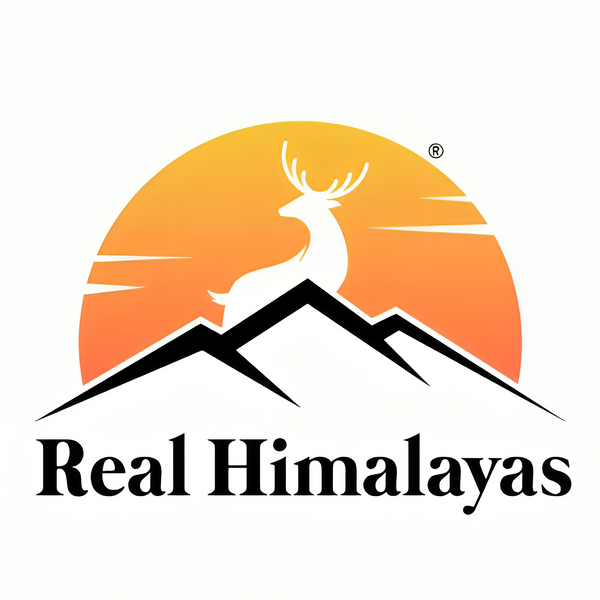
How to Choose Authentic Shilajit: A Complete Buyer’s Guide
Share
Introduction
Shilajit, a rare Himalayan resin, has been used in Ayurveda for centuries. But with growing demand, fake and low-quality products flood the market. This guide will help you identify pure, authentic shilajit while avoiding scams.
Why Authenticity Matters
Fake shilajit may contain:
✔ Fillers (wax, tar, or glue)
✔ Heavy metals (lead, arsenic, mercury)
✔ No fulvic acid (the key active compound)
Authentic shilajit should be:
✅ Lab-tested for purity
✅ Rich in fulvic acid (50%+)
✅ Ethically sourced from high-altitude regions
6 Ways to Identify Real Shilajit
1. Check the Source (Himalayan Origin)
-
Real shilajit comes from:
-
Altitudes above 14,000 ft (Himalayas, Altai, Caucasus)
-
No artificial additives
-
-
Fake shilajit is often:
-
Made in labs with synthetic compounds
-
Sourced from unknown locations
-
🔍 Tip: Look for geographical certifications (e.g., "Sourced from Nepal/Gilgit-Baltistan").
2. Verify Lab Testing (Heavy Metals & Purity)
Always demand:
✔ Third-party lab reports (COA)
✔ Heavy metal testing (lead, arsenic, mercury)
✔ Fulvic acid percentage (minimum 50%)
🚨 Red Flag: No lab reports = high risk of contamination.
3. Texture & Solubility Test
| Authentic Shilajit | Fake Shilajit |
|---|---|
| Sticky, tar-like resin | Hard, dry, or powdery |
| Dissolves in warm water | Leaves residue/clumps |
| Semi-solid at room temp | Too liquid or rock-hard |
💧 Test: Drop a pea-sized amount in warm water—real shilajit dissolves completely.
4. Smell & Taste Check
-
Real Shilajit:
-
Smell: Earthy, mineral-rich
-
Taste: Bitter, slightly smoky
-
-
Fake Shilajit:
-
Smell: Chemical, plastic-like
-
Taste: Too sweet or tasteless
-
5. Packaging & Brand Transparency
Trustworthy brands provide:
✔ Batch-specific lab reports
✔ Clear ingredient list (only 100% shilajit)
✔ Sustainable harvesting info
🚫 Avoid:
-
Products with "magical health claims" (FDA doesn’t approve shilajit for curing diseases)
-
Brands with no contact info or vague sourcing
6. Price vs. Quality
| Quality | Price Range (per 30g) |
|---|---|
| Premium (Lab-Tested, 60%+ Fulvic Acid) | $15–$30 |
| Mid-Grade (Some Testing, 40-50% Fulvic Acid) | $10–$12 |
| Low-Quality (No Testing, Fillers) | Under $10 |
💡 Rule: If it’s too cheap, it’s likely fake.
Where to Buy Authentic Shilajit
Trusted Sources:
-
Certified Ayurvedic sellers (e.g., Chuga, Real Himalayas)
-
Brands with FDA Certification
-
Direct from Himalayan suppliers (look for Himalayas/Nepalese/Gilgit-based companies)
Red Flags in Sellers:
❌ No lab reports
❌ "Miracle cure" marketing
❌ Unverified Amazon/eBay sellers
Final Checklist Before Buying
Before purchasing, ask:
✔ Is there a Certificate of Analysis (COA)?
✔ What’s the fulvic acid %? (50%+ ideal)
✔ Where is it sourced from? (Himalayas preferred)
✔ Does it dissolve properly?
✔ Is the brand transparent about testing?
Conclusion
Choosing real shilajit requires checking:
🔬 Lab reports
🗻 Himalayan origin
💧 Texture & solubility
💰 Fair pricing
By following this guide, you’ll avoid scams and get pure, potent shilajit with real benefits.
Need verified shilajit? Explore our lab-tested Himalayan shilajit resin here.
